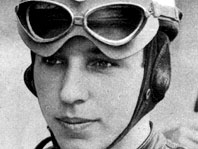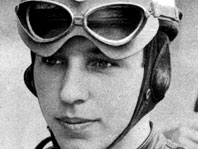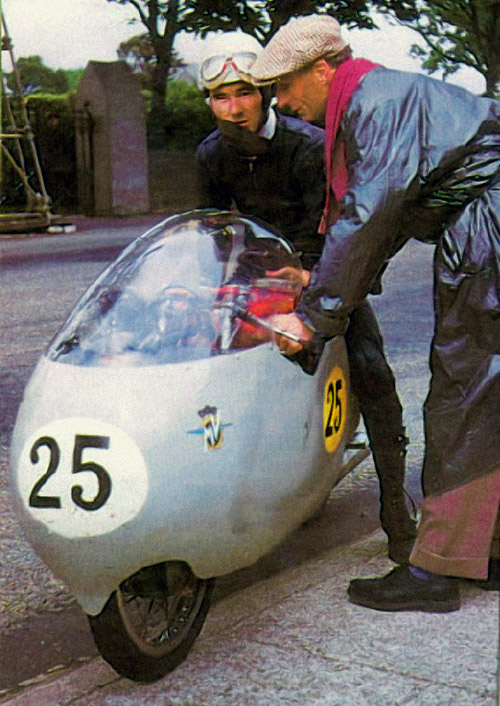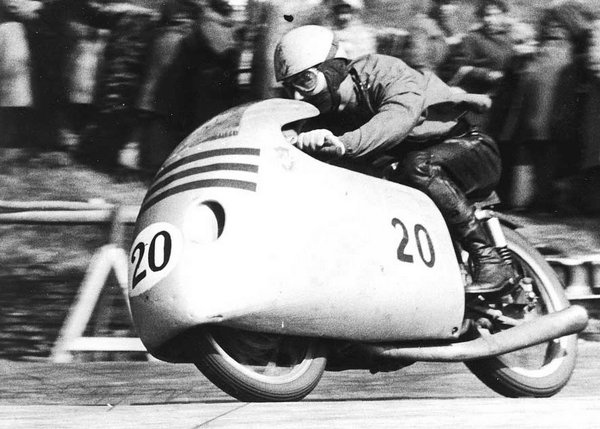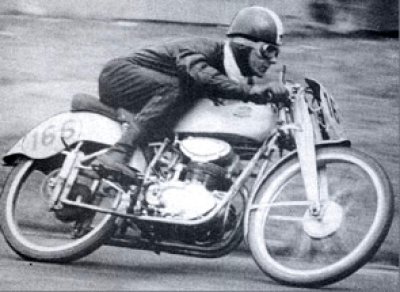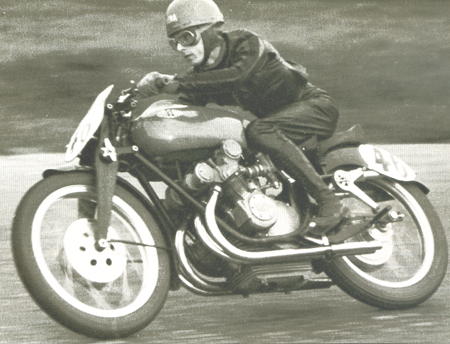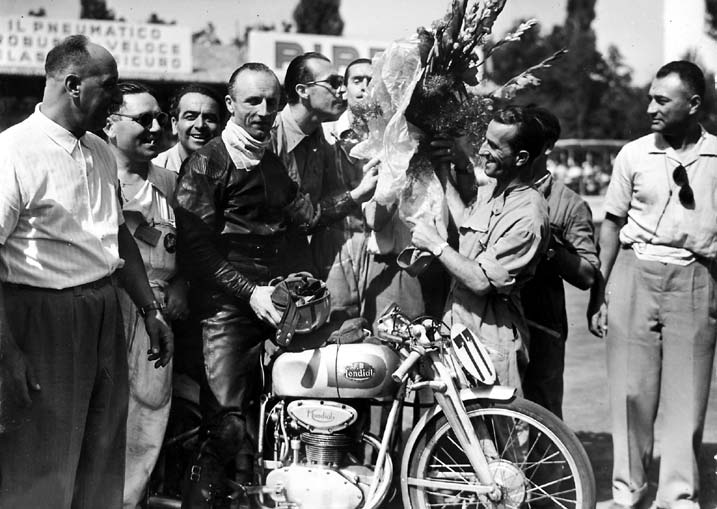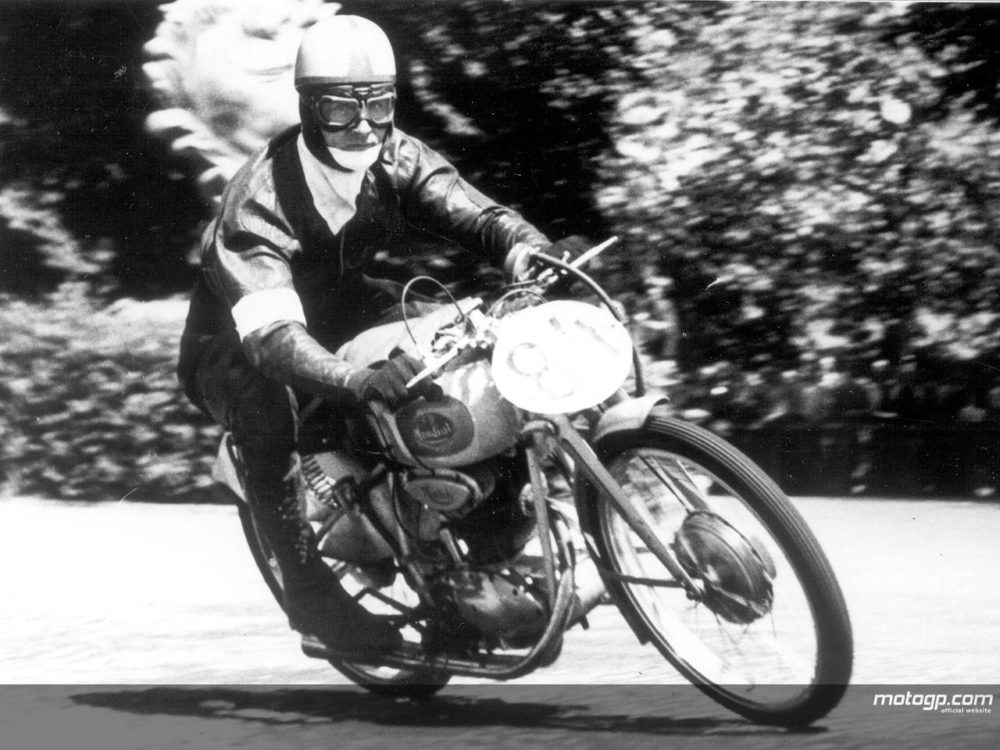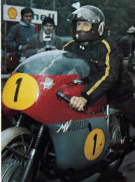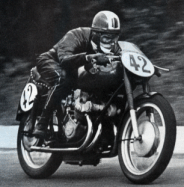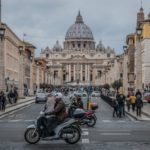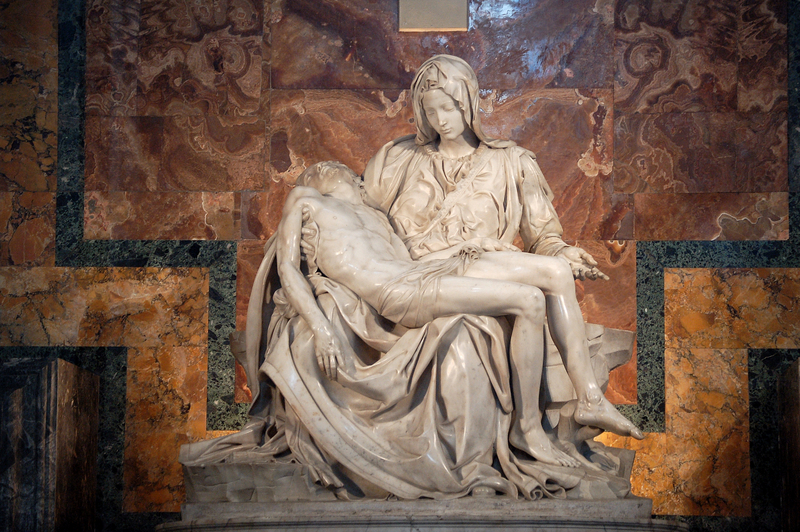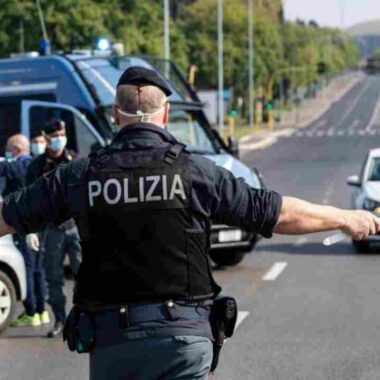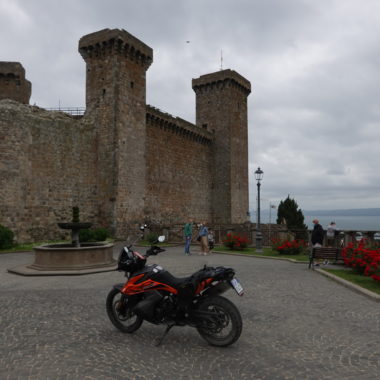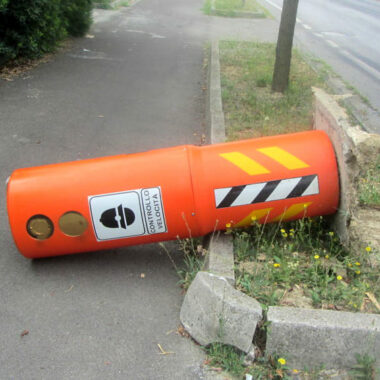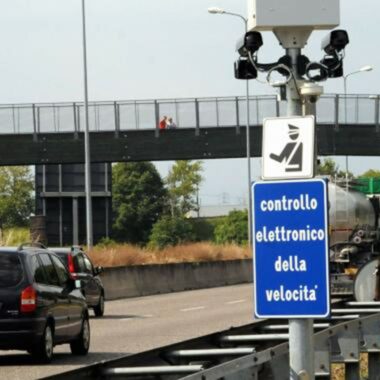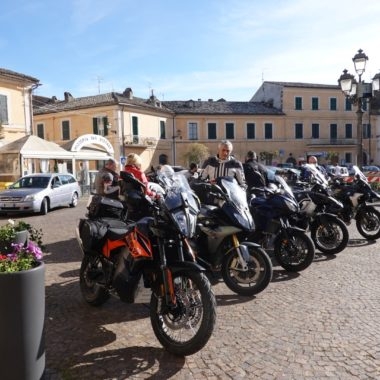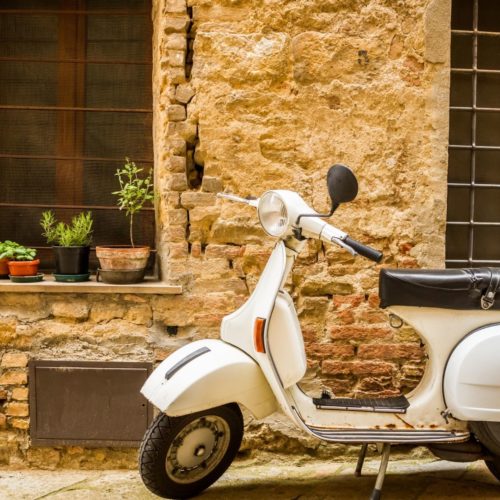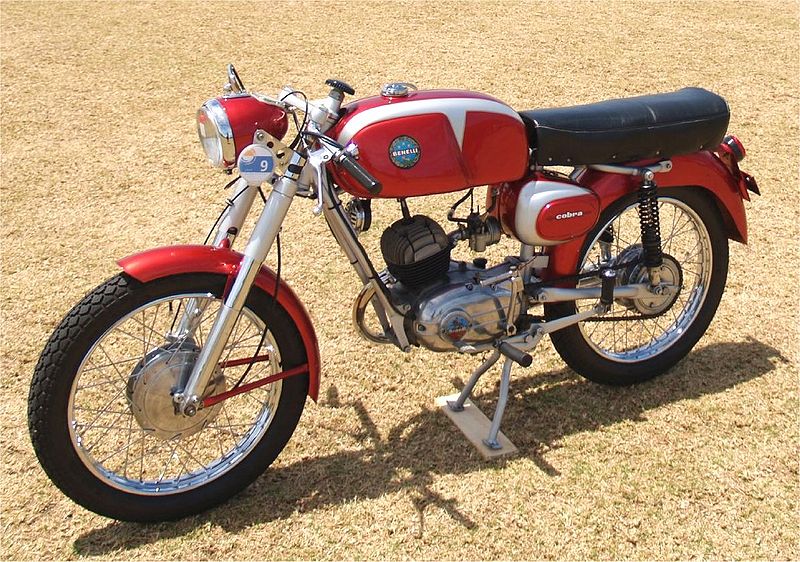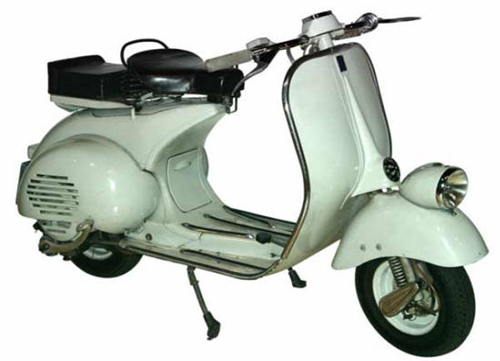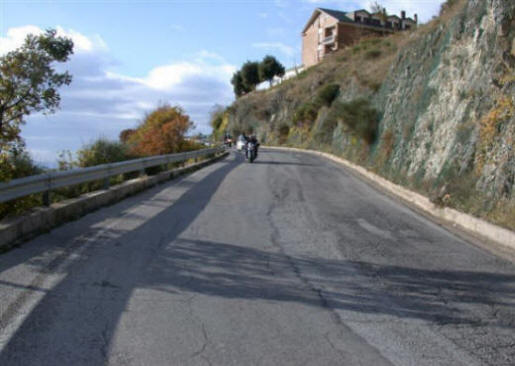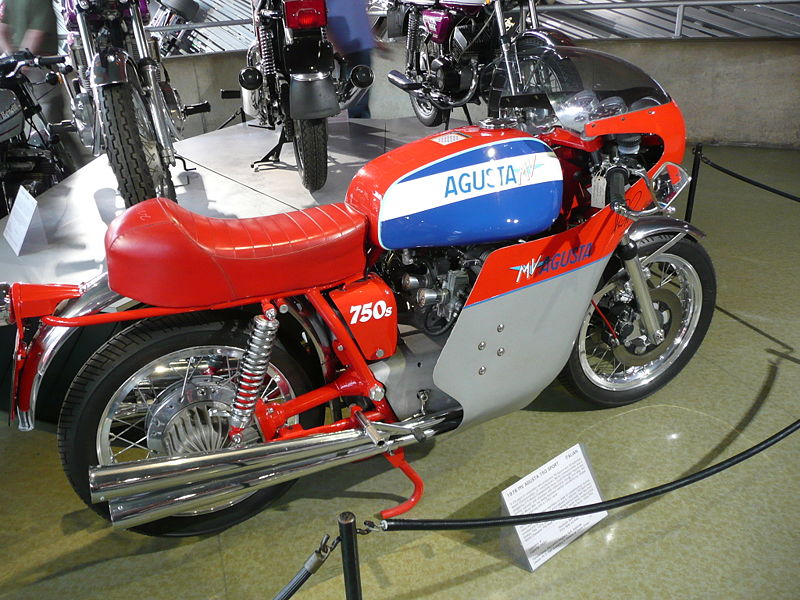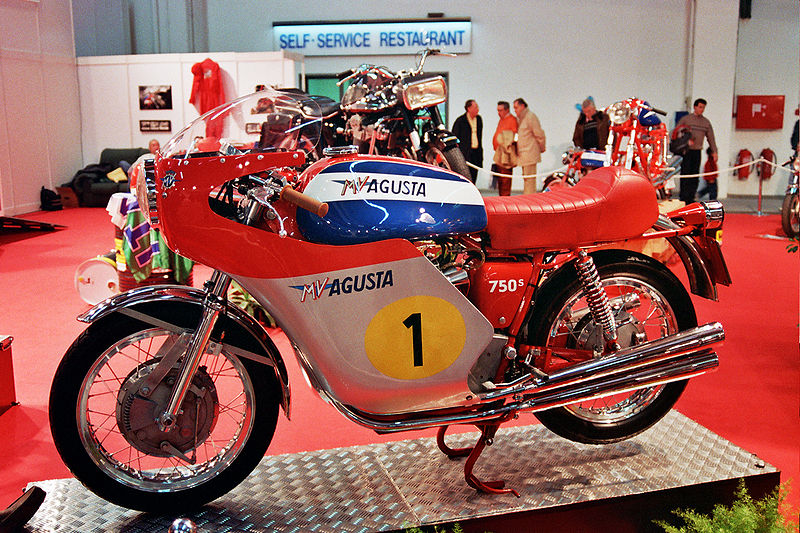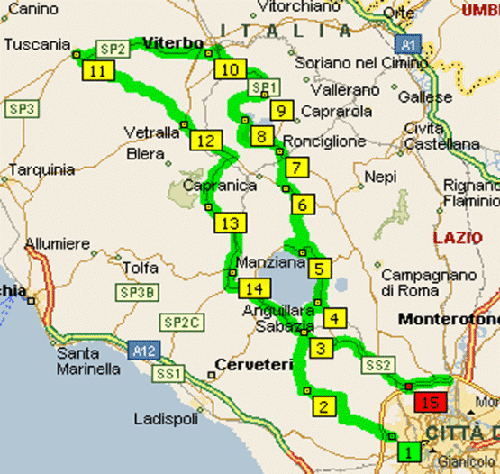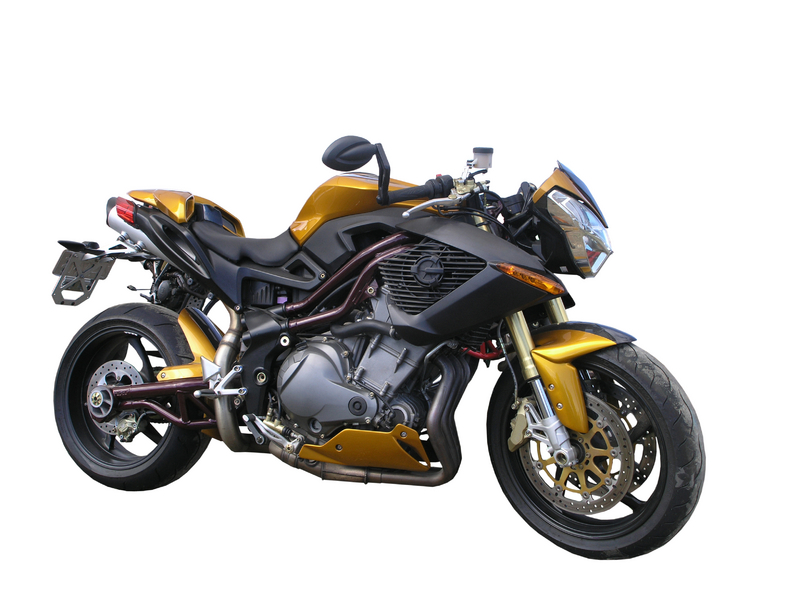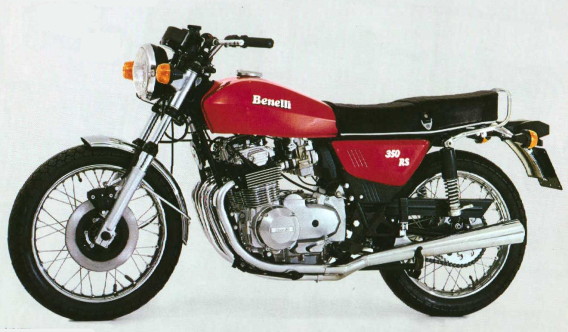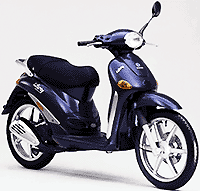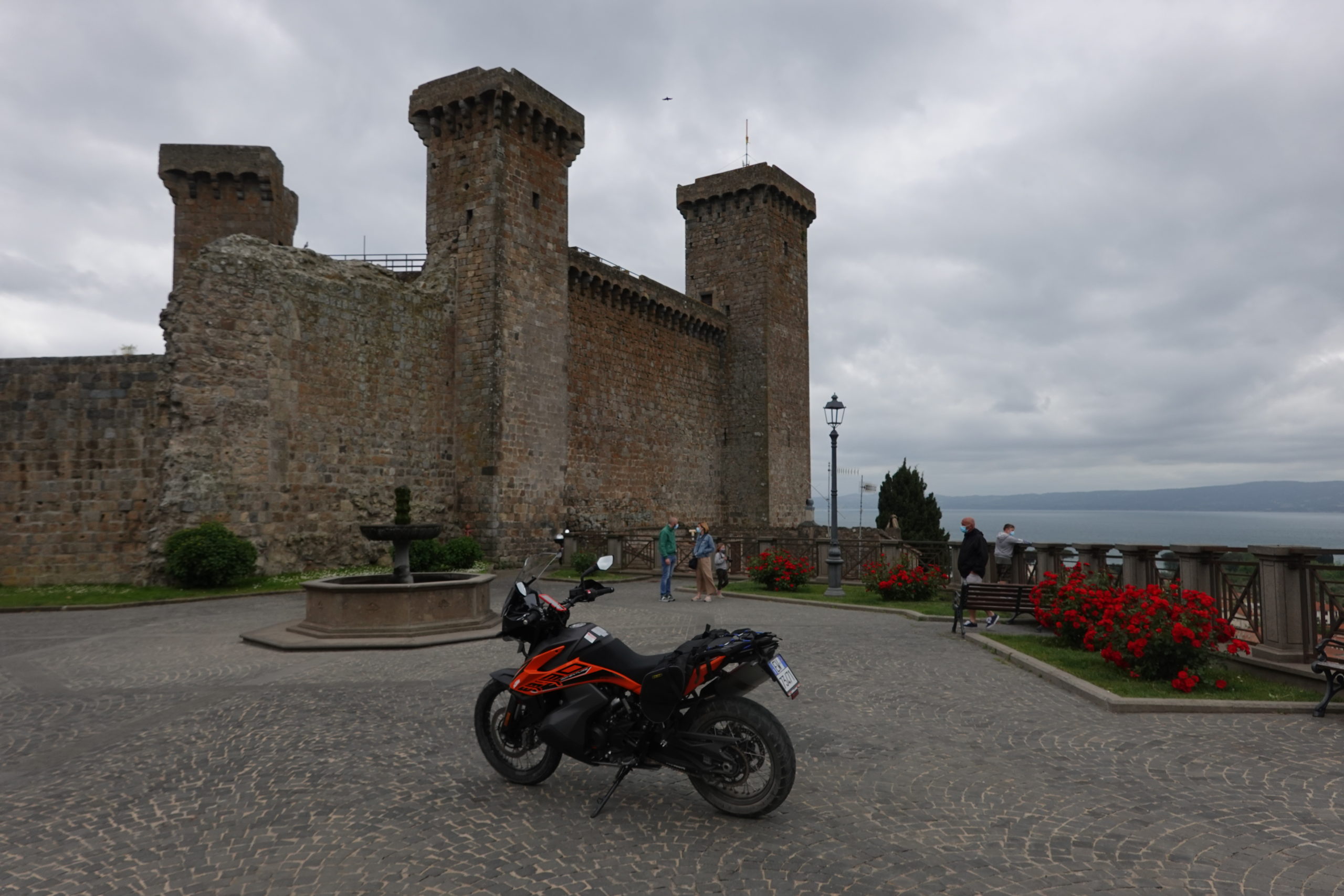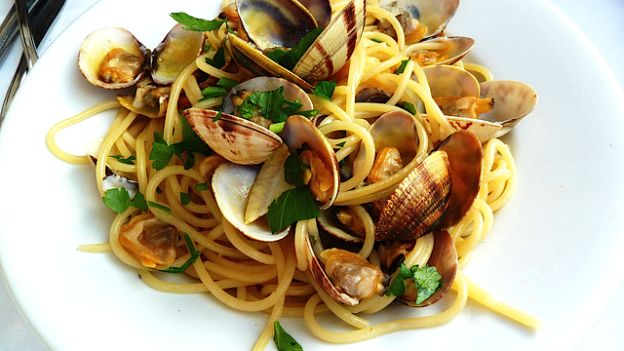Italian motorcycle racers: Carlo Ubbiali
Italian motorcycle racers can never be examined without saying something about Carlo Ubbiali, an accomplished professional like few others. Ubbiali was born 22 September 1929 in the Italian city of Bergamo in the region of Lombardy. It is very near the much more famous city of Milan in the north central part of Italy. His town, like many in Italy, is an ancient city with a very long history. However, it was Ubbiali who helped add to that proud past.
Ubbiali’s first foray into racing at the top level was in 1949, the year that the first FIM Road Racing World Championship Grand Prix race was held. In that first season he was aboard MV Agusta machinery and competed exclusively in the 125c.c. class. He only managed to get to three events that season, but there were only six points-earning races that year. At the end of the season, he pulled in a sixth place in Switzerland and a seventh position finish at the Dutch TT. That gave him an overall fourth place that year, right behind Moto Morini rider Umberto Masetti. An interesting side-note was that he also competed in the International Six Days Trial in Great Britain and brought home a gold medal from that event. That is the very definition of a multi-talented rider.
He moved on from MV Agusta and signed up to ride for the Mondial marque, a company located in Milan, not far from his home. The 1950 World Championship season was even better for the young Italian. He finished up in second place for the year, tied with his teammate Gianni Leoni and behind another Modial rider, Bruno Ruffo. The 125 Grand Prix season was an all-Mondial affair that year.
His time with the Mondial factory was good for him. With Mondial, Ubbiali won only two races, though he did capture one championship. That championship came in his second year with the marque in 1951. That year saw him take two second places, at the Spanish Grand Prix and at the Isle of Man TT, and one victory at the Italian Grand Prix. That gave him the points he needed to take the title, even with him not finishing in two other races. In the 1952 World Championship season, he placed second in four races – Isle of Man TT, Dutch TT, German Grand Prix and the Italian Grand Prix – which brought him second for the season. That would be an important learning experience for him, though, as he lost the title to MV Agusta rider Cecil Sandford. Having ridden for MV before, it is believed that losing the title to Sandford is what motivated him to join Count Domenico Agusta to compete on the Cascina Costa machines. When the 1953 season began, he was again riding MV Agusta.
It was the start of something important, both for Ubbiali and MV Agusta. MV Agusta, at the time, was based in Cascina Costa near Milan, rather close to his home. And, the factory really liked the young racer. It was a match like few others in motorsports, and he remained with the factory for the remainder of his career. However, it did not start off perfectly as it took time for them to achieve championship success. In 1953 he won the German Grand Prix, but only stood on the podium twice more that season. He finished up in third position behind NSU-mounted champion Werner Haas and his MV Agusta teammate, Cecil Sandford. The following season he fared much better by finishing second, but he did not win a single race. Ubbiali decided to take on a real challenge in 1955; he raced in both the 125c.c. and 250c.c. classes. The odd twist to his fortunes that year was one he could live with. He won the 125c.c. title with five wins, out of only six starts, and one third place. He did not have the same domination of the 250c.c. class as he only gathered one victory, but he only entered one race.
For Ubbiali, 1956 was a fantastic year of Grand Prix racing. Once again he challenged himself in both the 125 and 250c.c. classes in the World Championship series. He started off by taking two victories – one in each class – at the Isle of Man TT, which was – and still is – an amazing feat. The rest of that season was almost perfect. He scored five victories in six races, with one second place, in the 125c.c. category. In the 250c.c. class he missed only the Ulster Grand Prix and won every other race he was in that year. As it is quite obvious, Ubbiali won both titles to become a double-champion in 1956.
1957 was not as successful as his 1956 season with MV Agusta. He only won three races between both the 125c.c. and 250c.c. classes; he finished third overall in 125GP and fifth overall in 250GP. The next year was better for him as he amassed four victories in the 125c.c. Championship and took that title. In 250GP, he did not win a single race, but still managed to get on 3 podiums; that left him in third place overall at the end of the 1958 season.
His next two years for MV Agusta were historic in proportions – he won four more championships in two years. 1959 consisted of five total wins and ten total podiums! That gave him the points for both the 125 and 250c.c World Championships. The following season was even more spectacular for the young Ubbiali, as he took eight total victories and eleven total podiums – not missing one race – and, of course, taking that year’s titles as well. Ubbiali had surprised many race fans and participating factories by being so very consistent at winning races, or at least finishing on the podium. This was his last year of racing, though.
After the 1960 season, Ubbiali decided to retire. One reason for this was the MV Agusta policy of keeping racers as either 500/350c.c or 250/125c.c. specialists. So, they would not move a racer from one of those divisions into another as a matter of policy, with MV Agusta you either raced one or the other.
Thus, we never had the chance to see if Ubbiali could have also taken some premier class titles to add to his total. He was only 30 years old when he hung up his leathers and helmet for the last time, after amassing 12 years in the sport – almost half of his life. Over that time he competed in 71 Grands Prix, took the podium in an astounding 68 of those, and won an even more impressive 39 races. That led him to nine World Championships, a tremendous achievement in any sport, but especially one where one risked life and limb to get those accolades.
It was his disciplined, smooth and ‘in control’ riding style which allowed him to conquer the race circuits and not fall victim to the crash demon. In fact, he had not one serious crash during his entire 12 year time in the World Championship series. In the end, it is often said that had Giacomo Agostini not been in racing, Carlo Ubbiali would have been the greatest Italian road racer in history. As it is, he will remain at the top of many experts’ lists as one of the best Grand Prix motorcycle racers the world has ever seen. He was officially named a Grand Prix Legend by the FIM in 2001.
Italian motorcycle racers: Nello Pagani
Born in Milan on 11 October 1911, Nello Pagani was both a motorcycle racer and a one-time Formula One driver. His Formula One career was relatively short as he simply enjoyed and wanted to go motorcycle racing much more than racing on four wheels. It was a good decision, but many think he would have gone on to F1 glory had he continued to compete in the series. It was not to be, and he instead became a motorcycle racing legend. Not a bad choice in the minds of racing fans the world over.
Pagani started his career racing an Ancora 125c.c. machine at Monza when he was only 16 years old – he placed third. In May of 1931, at the circuit of Monferrato, Pagani won his very first race. In that season, now riding an Ancora 175c.c. race bike, he also won at Prealpi Varesine and Cernobbio-Bisbino. In the final race of that season, at Varese-Campo dei Fiori, he was thrown from his ride and crashed very hard. This seriously injured his right arm and forced him to stop racing for over six months; his arm never fully recovered and it was slightly impaired for the rest of his life.
After he left the Ancora motorcycles behind, he took to racing a CM in the International Six Days and won a gold medal there. Afterwards, he switched to racing on a Miller 250, a bike with a Rudge (English) engine and built by Ferrari, in both 1933 and 1934. With that machine, he won the Italian National Championship in 1934 by taking victories at the tracks of Parma, Targa Florio, the Gran Premio Acerbo of Pescara, and Valentino. The next year he continued to ride the Miller 250, but he added the Miller 500c.c. motorcycle to his repertoire. 1935 was not as fortunate for Pagani, though, and his results were typified by his mechanical failure at Lario where he was forced to retire early.
Along came 1936 and he decided to take on a different challenge by varying his tools. Pagani chose to run a Miller, a Benelli 250 and a Bianchi 500. His results were good, but he again had several issues which prevented him from getting the results he wanted. The next season was better, as he took the 1937 Italian 250c.c. Championship while campaigning a Moto Guzzi. 1938 was an even better year for him and Moto Guzzi. He was racing a super-charged 250c.c. Moto Guzzi in the Italian National Championship; that pairing of man and motorcycle broke world records on the circuits of Italy and brought him yet another Italian Championship. In the following season, Pagani had another good run and even scored an important victory at the circuit of Lario in Germany – where he had failed to finish in 1935 – on a Moto Guzzi 500c.c. Condor. As you can imagine, World War II was the end of racing for a while. Pagani served his country and was fortunate to survive the violence of those times to continue motorcycle racing.
When Italy finally started to return to racing, Pagani was ready to ride. However, Moto Guzzi was not in the best shape and could only field one rider. Thus, Pagani was left to field his pre-war Moto Guzzi Condor as a private effort. Fortunately for Pagani, this did not last and Gilera came calling and was willing to pay him very well to ride their 500 Four, a legendary Grand Prix motorcycle. In fact, it is believed that it was that machine which made his decision to race for the marque, not the money. However, once he started racing for the factory, the chief engineer on the project, the very famous Piero Remor, did not allow him to ride that special machine and had him on the Gilera Saturno single-cylinder 500. It was not the cutting edge of technology in those days, but Pagani does the factory proud. His fateful race, though, was the 1948 Assen TT in Holland as the factory’s lead rider, Carlo Bandirola, was injured and Pagani was allowed to use the 500 Four. He battled all race long with AJS rider Les Graham – whom we all should know – and actually got the better of him. He won in front of a very enthusiastic crowd; they were especially worked up due to the fact that Pagani had won another race earlier in the day on a Mondial 125. That win changed his path right then and there. Yes, in 1948 it was good to be Pagani.
Of course, the very first year of the motorcycle Road Racing World Championship Grand Prix was in 1949. The beginning of a long tradition started off at the Isle of Man TT on the Mountain Course. The second race of the season, though, was the first race in 1949 for Pagani. This was the Swiss Grand Prix and he was racing for the Gilera factory in the 500c.c. category and for Mondial in the 125GP. He won the smaller class race and finished fourth in the Blue Riband. His season was much the same and he took the very first 125 Grand Prix Championship and finished runner-up in the 500c.c. category. It was an interesting situation that sent him to second place in that class. As the rider was to have his best three scores counted towards the championship, they simply took those top three and added them together to get their champion. If all races had been counted, Pagani would have been the first 500GP Champion, too. He had more total points, but Les Graham took the victory due to having a single race where he finished in second and Pagani only had a third – each had two victories. It was a very good way to start his GP career.
While he had been waiting around for development on some of his Gilera motorcycles, he had taken to contesting some automobile Grands Prix as well. He twice raced in the Grand Prix de Pau, in 1947 and 1948. His only true Formula One race was in 1950 – while in his motorcycle Grand Prix season and not something which would be allowed in the current litigious climate – and he drove a Maserati F1 car in the Swiss F1 Grand Prix and finished in seventh place, not earning any points, unfortunately.
Pagani continued to race in the Motorcycle Grand Prix for many years, but never had the success of his first year in the sport. He raced for the Gilera factory team from 1949 until the 1953 season. During that time he did race for Mondial as well, but only in 1949 and 1951. For the 1954 season, Pagani signed with MV Agusta to ride their 500 Four in the series. The change had happened due to an issue with punctuality. Somehow his bike was not ready for a Grand Prix race in South America and he had to sit out the race as a spectator. Count Domenico Agusta takes notice of this and within two days had an offer for Pagani. He retired from racing after the 1955 when he finished in 20th position. By this time, he had only started three total races over the previous three years, one per year. During those years, he was still a very important member of his team no matter his results. His motivation helped many others go on to win championships. After he stopped competing, the Count kept him on at MV Agusta working as Sporting Director until Pagani decided to move on in 1960.
His final tally for the Motorcycle Grand Prix series was 22 starts, 11 podiums and four victories. With only one World Championship to show for his efforts, it is easy to miss the incredible success he had when he was younger and racing in the Italian and other European Championships. He had many more than four total victories – and he had more than four championships to his name. Given his race career, one would be forgiven for taking some time off after retiring, but Pagani would not. He did have time to be married and have two sons, Alberto and George. Alberto went on to race and his father was there with him for every bit of it as coach and mechanic. Pagani also joined worked at the FMI (Italian Motorcycle Federation) on a competition committee. He even came back to race in 1967 on board a Norton 750 Commando. And, he continued to do commemorative laps on board his Gilera Saturno. Until he passed away in 2003 – at the age of 92 – he was a very sharp-minded, happy, nice and generous man. Every day of his life, Nello Pagani would make time to talk about motorcycles, motorcycle racing and the men and women of the sport, and was always available to help anyone who needed his.
See also motorcycle/great-italian-motorcycle-racers-II
